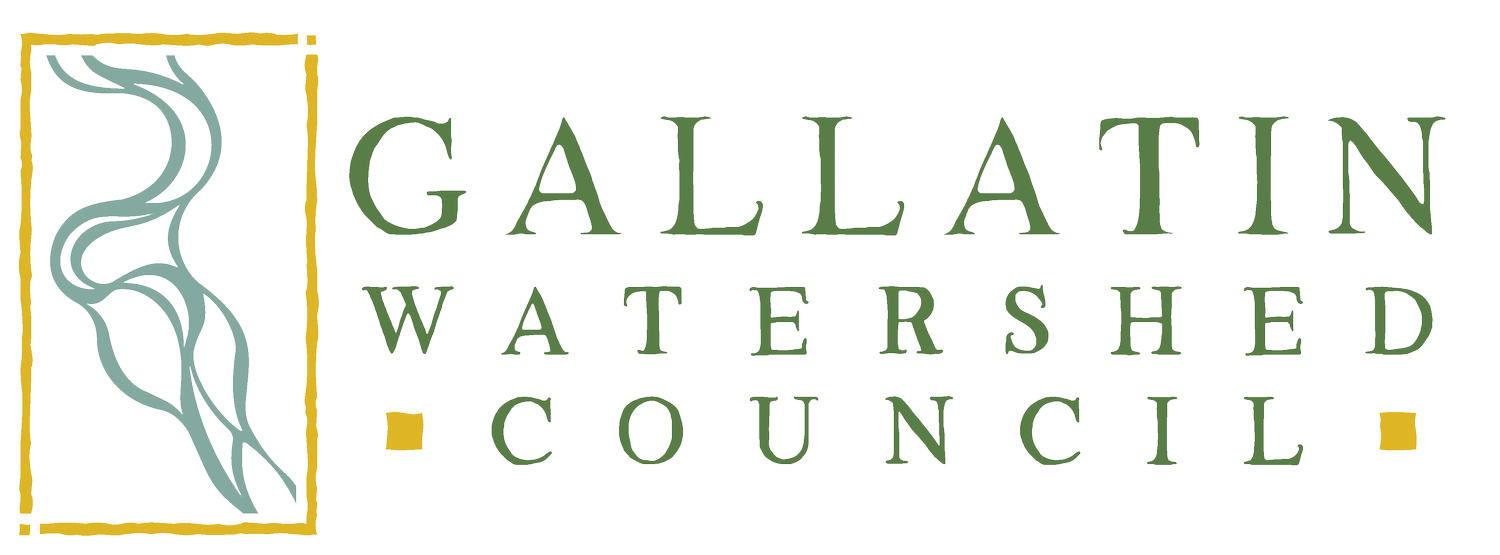National Groundwater Awareness Week March 8-14!
National Groundwater Awareness Week is March 8th-14th!
Groundwater plays a vital role in providing for Montana’s water supply. Groundwater is water that seeps, or percolates, through soil and is stored underground in sediment deposits or fractured bedrock known as aquifers. The amount of water that an aquifer can store and transmit depends on its porosity (the percentage of soil/rock volume occupied by air spaces) and permeability (the capacity of an aquifer to transmit water). Aquifers can be recharged through precipitation and surface water streamflow. The rate of recharge is climate dependent-- in times of drought, groundwater storage decreases, but often recovers during rainy seasons.
Groundwater and surface water are inextricably linked. Depending on the elevation of the water table, groundwater can discharge into surface water and surface water can recharge groundwater sources. Groundwater supports our ecosystems, communities and industry. It is pumped from the ground via wells placed in water-bearing soils and rocks. These wells supply water for public supply, private supply, irrigation, agriculture and livestock, manufacturing, mining, thermoelectric power, and other purposes.
In Montana, most groundwater is obtained along major streams from aquifers composed of alluvial (stream-deposited) sediments of gravel, sand, silt, and clay. Although groundwater makes up less than 2 percent of Montana’s freshwater supply, groundwater still plays a vital role in Montana’s water supply. Groundwater contributes 54.4% of Montana’s public water supply. Of the rural, self-supplied domestic water systems in Montana, 95.4% operate on groundwater sources. Although only 0.63% of irrigation water comes from groundwater, that small percentage amounts to over 30% of all the groundwater withdrawn each year for all uses in Montana [1]. In addition, where surface water supplies are limited, groundwater is an important source for irrigation, industry, livestock and agriculture.
You can be a part of protecting the Gallatin Watershed’s groundwater supply! Because surface water bodies are connected to groundwater recharge, water conservation matters. A clean sustainable supply of groundwater is essential for Montana communities to grow and thrive.
Here are seven actions you can take each day of Groundwater Awareness Week:
Apply to volunteer with Gallatin Stream Teams! The application is now open.
Pick up dog poop! Picking up dog waste keeps it from washing into Bozeman’s storm drains, creeks, and ponds – the waterways where people and pets play, and where fish and other water bound organisms live.
Properly dispose of household hazardous waste and E-waste. The Gallatin Local Water Quality district has a list of resources here.
Fix your leaks! Ten percent of homes have leaks that waste 90 gallons of water or more per day. In Bozeman, that’s about 2,000 homes. The City of Bozeman’s Water Conservation Division has more information about how to find and fix leaks here.
Learn about the use native plants and grass varieties in your garden, which reduce the need for extensive watering and chemical applications. The Public Library has an upcoming gardening workshop on March 12th at 6:30pm. Also, check out the City of Bozeman’s Smart Water Planting Guide!
Check out the City of Bozeman’s residential rebate and incentive program-- upgrade to high efficiency plumbing, appliances and sprinkler systems and receive a cash rebate! You can also swap out your showerhead or faucet aerator for free!
Learn about how you can volunteer with the Gallatin Watershed Council and become a Gallatin Watershed Steward.
[1] Groundwater Use in Montana Fact Sheet, National Groundwater Association 2020. Source: https://www.ngwa.org/docs/default-source/default-document-library/states/mt.pdf.
For more Groundwater Resources visit:
National Groundwater Association



